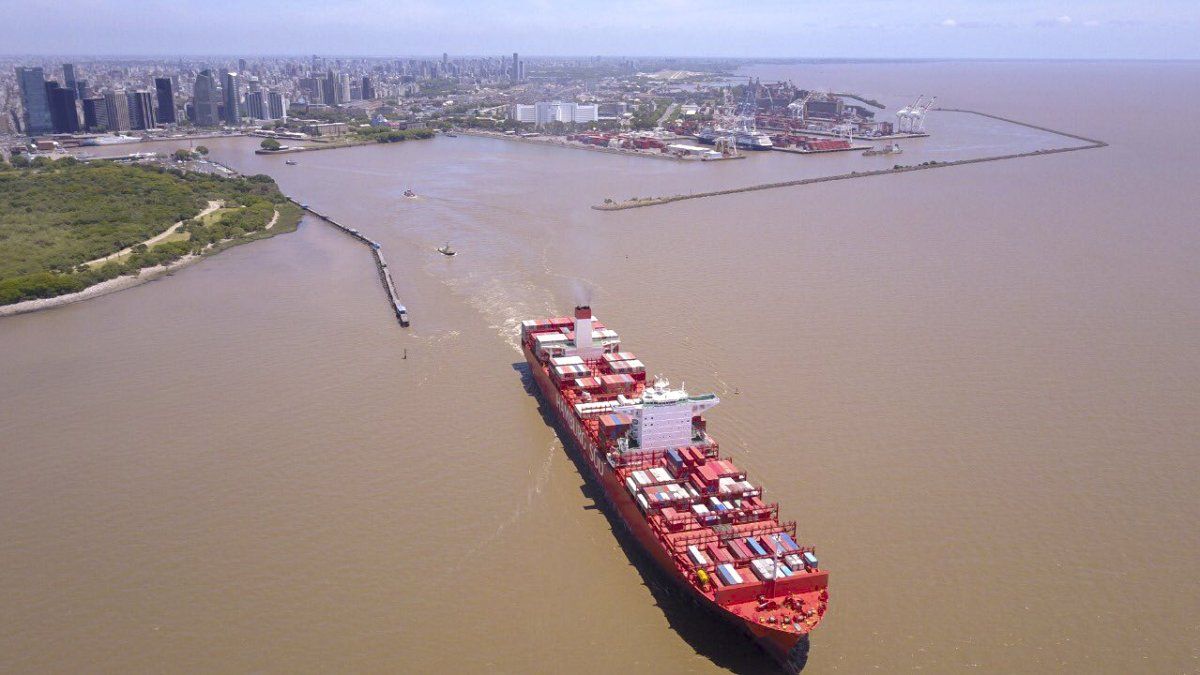Private estimates indicate that the This year’s trade balance will be positiveespecially if it is compared to what happened in 2023. For the consulting firm Ecolatina, a strengthening of the foreign exchange balance is expected, as a result of the rebound in agriculture, the reversal of the energy deficit, the abrupt drop in activity and imports that It involves the fiscal adjustment plan and the devaluation implemented by the current management.
The projection indicates a improvement in the trade balance close to US$15,000 millionwhich would contribute to the urgent recomposition of reserves of the BCRA. This auspicious panorama would occur after leaving behind a 2023 marked by a complex and delicate external front exacerbated by the droughtwith an appreciated real exchange rate, net international reserves at historic lows and exponential growth in the commercial debt with importers.
For this reason, the government of La Libertad Avanza applied a series of decisions that, according to the consultancy, immediately aim to “recreate incentives for exports and discourage imports, seeking to improve the trade balance, provide predictability regarding the normalization of the flow of new imports and the repayment of the high stock of commercial debt” in order to “manage foreign currency during these months of low seasonality of exports until the income of foreign currency from the thick harvest,” which will occur in the second quarter of 2024.
In this context, the economic team of President Javier Milei, led by Minister Luis Caputo and the head of the BCRA, Santiago Bausili, raised the dollar official 120%, provided exporters with permission to liquidate 20% of foreign currency in the CCL, raised the PAIS tax on imports of goods and freight, determined that the rate in pesos be higher than the crawling peg of the official exchange rate and opted for a gradual solution to the stock of commercial debt, through a bond, and established a payment schedule for future imports. “The new BCRA measures seek to normalize importers’ access to the exchange market and eliminate bureaucratic and administrative obstacles,” says the consultant.
Trade balance, external debt and dollar: the keys
However, Ámbito spoke with specialists to see how this improvement in the trade balance connects with this year’s payments and obligations. First of all, for Sebastian Menescaldidirector of Eco Go, the 80%-20% liquidation model can harm the accumulation of reserves: “Assuming that you have a positive trade balance of US$16,000 million, with exports of US$80,000 million, and 20% goes through CCL, you are not going to get any dollars because precisely that amount – the US$ s16,000 million – will go through the financial market,” warns the specialist. In that sense, he highlights that this modality for entering foreign currency into the system “will not bring surplus dollars anywhere” and that, At the moment, profits in dollars only result from “paying off payments to importers, and not from greater settlement.”
Regarding the debt maturitiesfor Pablo Besmedrisnikdirector of VDC Consultora, the Treasury obligations during the first four months “they are not particularly extravagant” although they are “very important” in relation to the capacity of their current cash generation. “To the extent that the stability of the exchange and financial variables with negative real rates is consolidated, the BCRA policy will be effective in attacking the Central Bank debt, the core issue of the problem,” details the economist. In any case, he highlights that the external trade balance through greater agricultural exports, evolution of the energy complex and lithium will bring dollars closer to 3.5% of GDP in net terms.
Lastly, for Guido Zackdirector of Economy at Fundar, although it is not a “demanding” year in debt payment, thanks to the debt restructuring with bondholders and the IMF, any maturity “is challenging” in a context of negative reserves. Thus, it highlights the importance of keeping the gap limited with financial dollars. “December inflation cannot be maintained for many more months, because it will have an impact on the parallel dollars, therefore on the gap and, in the worst case, on the official one,” thus driving a higher level of rise in inflation. prices than seen last month.
Meanwhile, since the devaluation, the BCRA has once again accumulated reserves of about US$2.5 billion. According to Ecolatina, as a result of a greater liquidation of exports and limited demand for imports. “The net purchases that the monetary authority can accumulate these weeks will be key considering that within 30 days the greater demand for foreign currency from importers would begin as a result of the established scheme, which in January will mature about US$1.5 billion of sovereign debt and that the thick harvest is still far away”, concludes the consultant.
Source: Ambito




